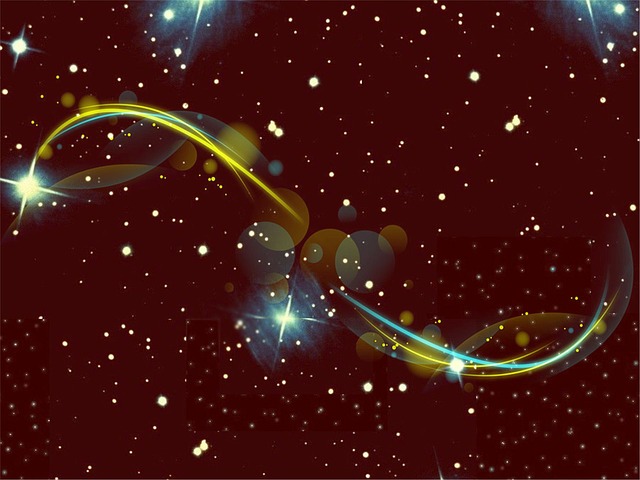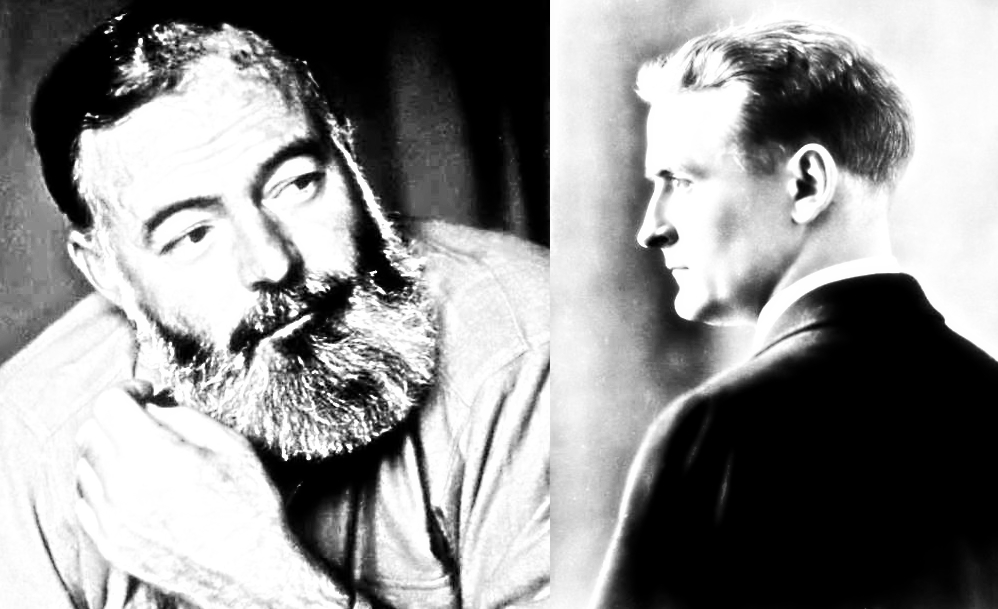In the The Lord of the Rings: The Fellowship of the Ring, the fellowship is beset by goblins in the Mines of Moria while on their journey to destroy the One Ring. The battle comes to a climax when a terrifying cave troll joins the battle and begins attacking our heroes. I always thought the trolls were interesting in Peter Jackson’s fantastical film, because they reminded me of the large and lumbering ogres from Dungeons and Dragons, and I suppose that’s okay that the trolls looked a little different because even the ogres of folklore come in various shapes and sizes.
Today, we examine the denotation of an ogre and what artists have done to interpret the visage of the fearsome beast.
Monstrous interpretation
To begin, Encyclopedia Britannica states that ogres are “hideous giants” that eat humans and come from folklore. Moreover, there is a relationship between the “cyclops of myth and heroic literature” as they share many of the same physical traits: large, carnivorous, and violent. These attributes really define the modern interpretation of the ogre, and seems to set it apart from say your run-of-the-mill cyclops or giant.
Meanwhile, we see various interpretations of the ogre in Tales of Mother Goose, and specifically in the stories “Tom Thumb,” “Hansel and Gretel,” and “Little Red Riding Hood,” where the ogre-like wolf attempts to consume the heroine of the story. As Cambridge Dictionary states, ogres are “a large frightening character in children’s stories who eats children” (Cambridge). The cannibalistic or at least flesh-eating inclinations of the ogre seem to steer it toward a more taboo-breaking creature, as a giant (say from “Jack and the Beanstalk”) doesn’t necessarily want to eat people, but would rather stay to itself in its high castle.


- By Gustave Doré – http://expositions.bnf.fr/orsay-gustavedore/grand/dor_228.htm, Public Domain, https://commons.wikimedia.org/w/index.php?curid=524146
- By Gustave Doréderivative work: Tsaag Valren (talk) – Lechatbotte4.jpg, Public Domain, https://commons.wikimedia.org/w/index.php?curid=10299802
Interpretations
Luckily, or not so luckily, the best modern interpretation comes in the classic (and brilliant) kids-film Shrek, where the ogre is a big, green (and soft-hearted) monster who lives in a swamp. Shrek stands in contrast to what we know of the ogre–for the most part–as it seems as though his monstrous personality is just a front to keep villagers away from his home.
Likewise, the terrifying ogre of Dungeons and Dragons fame is described as a “hulking giant” that is “notorious for (its) quick temper.” An ogre “lashes out in a frustrated tantrum until it runs out of objects or creatures to smash” (D&D).
Furthermore, the fairytale “Puss in Boots,” the protagonist, Master Puss, embarks on an adventure and encounters a castle that was under the ownership of an ogre.
“He was the richest ogre that had ever been known, for all the lands through which the king had passed were part of the castle domain,” the story states. The ogre allows Master Puss to come into the castle and reveals that he can shape change into many different animals. Master Puss tricks the ogre into changing into a mouse, and he then gobbles up the ogre in his hubris.
Conclusion
Ogres, as with most monsters of folklore, aren’t just one thing. Think about vampires. How many different stories are there that characterize vampires in different lights? From the viscous Vlad the Impaler to the sensual Lestat de Lioncourt from Interview with the Vampire, to the horrifying nightmare child in Let the Right One In. Additionally, we find overlap in the ogres’ stories with that of other monsters, from the werewolf’s often lumbering persona to a zombie’s insatiable bloodlust.
Works cited
“Ogre.” Cambridge Dictionary. Web. https://www.britannica.com/topic/ogre
“Ogre.” D&D Beyond. Web. https://www.dndbeyond.com/monsters/16969-ogre
“Ogre.” Encyclopedia Britannica. Web. https://www.britannica.com/topic/ogre







